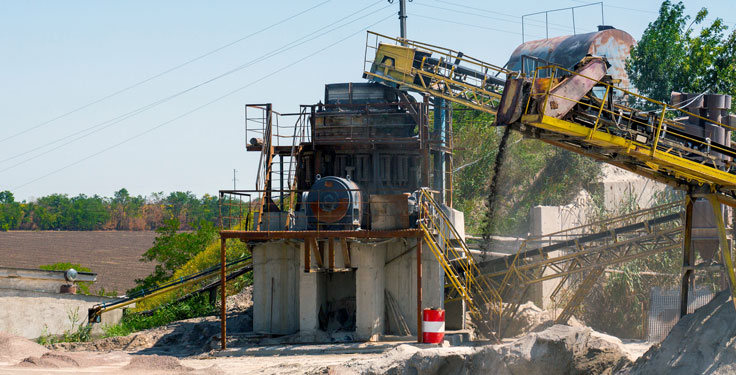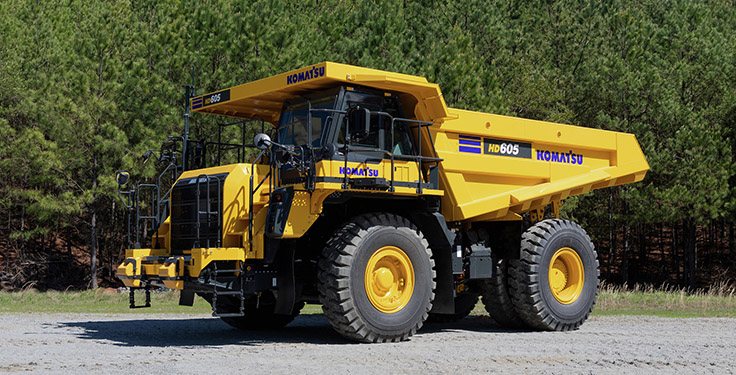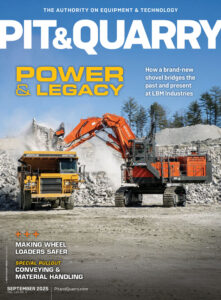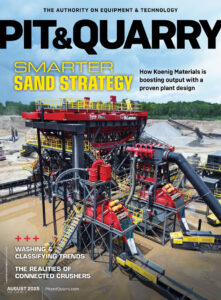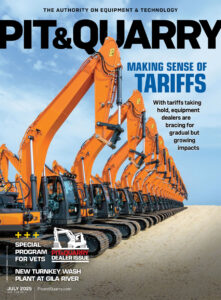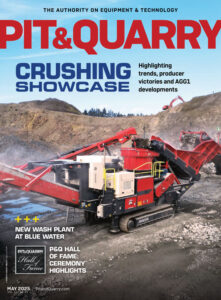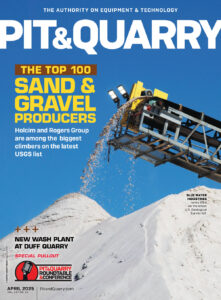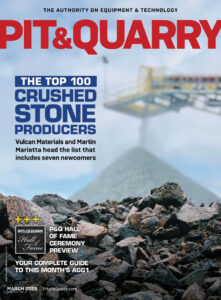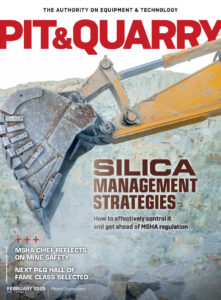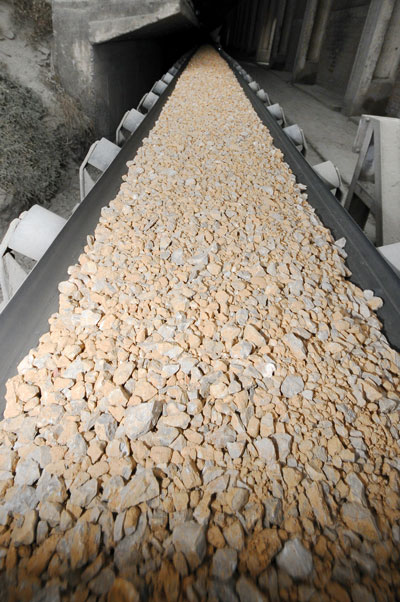
Crushing and screening equipment often suffer from wear and tear due to the processing of oversized materials.
The environmental and financial costs of equipment maintenance in crushing and screening are significant. Machine vision AI can reduce these costs by enabling predictive maintenance and minimizing equipment downtime. By continuously monitoring ore flow and particle size, these systems can detect and identify issues such as screen breakage or abnormal ore flow – before they cause significant damage to equipment.
For example, AI-driven image analysis can detect when particle sizes significantly differ from expected values. This may indicate a malfunction in the screening or crushing equipment.
This early detection allows operators to address mechanical issues proactively, extending the life of machinery and reducing the need for energy-intensive repairs.
Minimizing material waste
Sustainable operations prioritize the efficient use of raw materials.
Waste reduction is a key component of sustainability. Machine vision AI can contribute to this by ensuring that only properly sized material is processed further.
When ore granularity is continuously monitored, oversized or undersized particles can be identified and redirected. This reduces the amount of material that needs to be reprocessed, saving energy and raw materials.
By improving the accuracy of ore sizing, machine vision AI minimizes the need for reprocessing. This, in turn, decreases the amount of wasted energy and material.
Moreover, the real-time data provided by AI systems enables more precise control over the production process, reducing the variability in ore size and enhancing overall production efficiency.
Enhanced safety & risk management
With the ability to detect foreign objects in real-time, machine vision AI mitigates the risk of costly equipment damage and process shutdowns.
The system can instantly identify unwanted materials on the conveyor belt and trigger alerts, enabling swift removal before they cause harm. This proactive approach significantly reduces downtime and improves plant safety.
Edge computing & machine vision AI
Edge computing plays a pivotal role in making machine vision systems more efficient.
By processing data locally on-site, edge computing reduces the need to transmit large amounts of data to a central server. This results in faster decision-making, reduced latency and lower energy use for data processing.
In the context of crushing and screening, edge computing allows immediate adjustments to crusher settings based on real-time data from the machine vision system. This local processing of data ensures operations remain efficient and sustainable, as unnecessary energy consumption is avoided.
Additionally, AI algorithms can learn from historical data, continuously improving the system’s performance over time.
The future of sustainable crushing & screening
Machine vision AI is revolutionizing crushing and screening processes by making them more sustainable and efficient.
By optimizing energy use, reducing mechanical wear and minimizing waste, these systems contribute to the overall sustainability of mining operations. Also, the integration of edge computing further enhances the system’s efficiency, making real-time decision-making possible without the need for extensive data transmission.
As mining companies seek ways to reduce their environmental impact, machine vision AI offers a forward-thinking solution that aligns with sustainability and operational efficiency goals. Machine vision AI is key to the future of sustainable crushing and screening, enabling operations to be smarter, more efficient and environmentally conscious.
The industry can significantly reduce its ecological footprint by adopting these innovations while enhancing productivity and profitability.
Related: P&Q University Lesson 7: Crushing & Secondary Breaking
Ravi Sahu is founder and CEO of Strayos.

